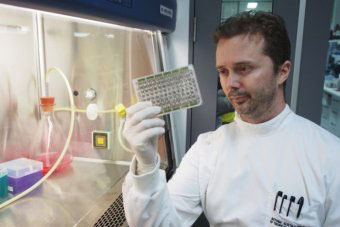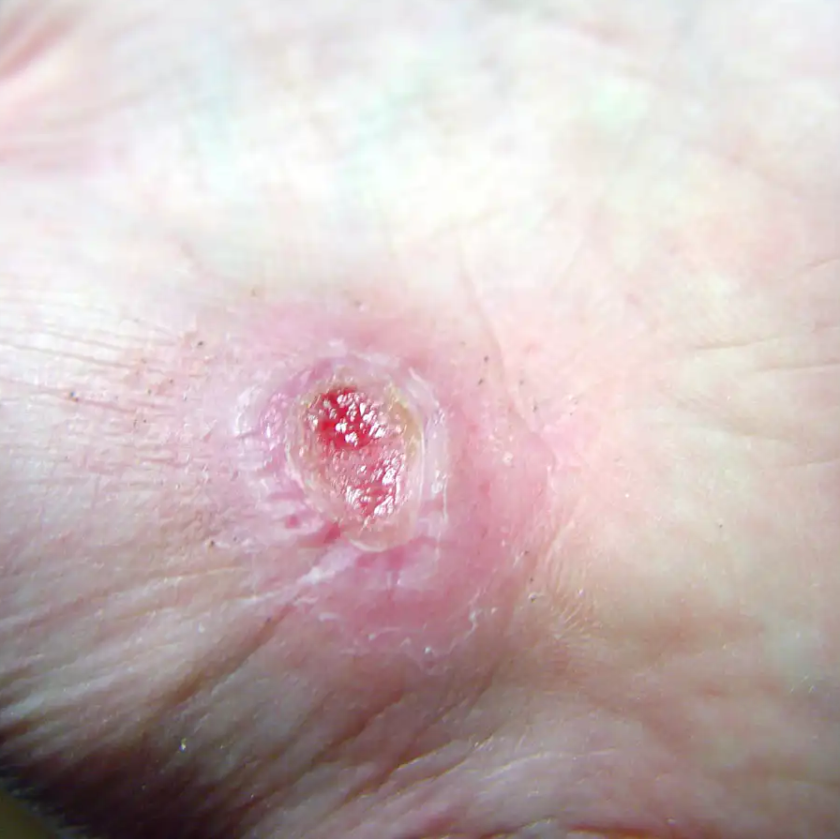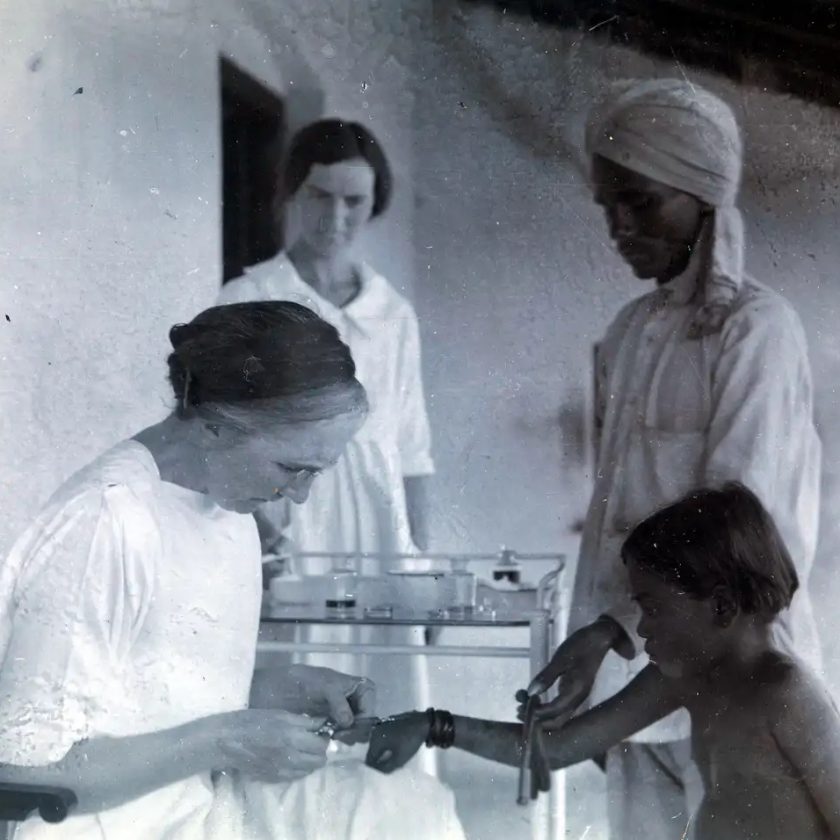A substance found in parasitic worms’ spit might help prevent thousands of amputations a year, scientists in north Queensland have said. James Cook University researchers in Cairns are harnessing the molecule produced by a Thai liver parasite that can “supercharge” the healing of wounds.
Australian Institute of Tropical Health and Medicine parasitologist Michael Smout said non-healing wounds were of particular concern for diabetics and smokers. Dr Smout said the parasite used the molecule to keep its host healthy and prolong its own life. “It’ll live for a decade or two, and it’s munching around your liver, and zipping up the wounds as it goes,” he said.
It is estimated about 12 Australian diabetics each day had a limb amputated because of a non-healing wound, and globally people underwent amputations every 30 seconds. Around one in seven diabetics in Australia at some point have a non-healing wound.
Take home cream could help healing
The researchers have developed a cream containing the molecule that has been successfully tested on mice. “They’re anaesthetised and wounded and kept, and then we monitor the wound closure,” Dr Smout said. He said he hoped it could become a treatment for humans, at first applied under doctor’s supervision, but potentially as a take-home treatment.
But the scientists warn it could be at least a decade before the treatment is made available to humans. In order to make the cream effective, the scientists also had to learn to “fold” it into the right shape. “We think of it like screwing up a scrunched up ball of paper — that won’t fly particularly far. But if you give it the right folds, you give it nice big wings, it will be able to glide a long distance.
“Initially when we made the molecule in the lab it had an undefined shape and it caused a little bit of wound healing, but by giving it this extra bond … we’ve been able to make form the right shape and be extra active.” The research has been published in the Journal of Medicinal Chemistry.







